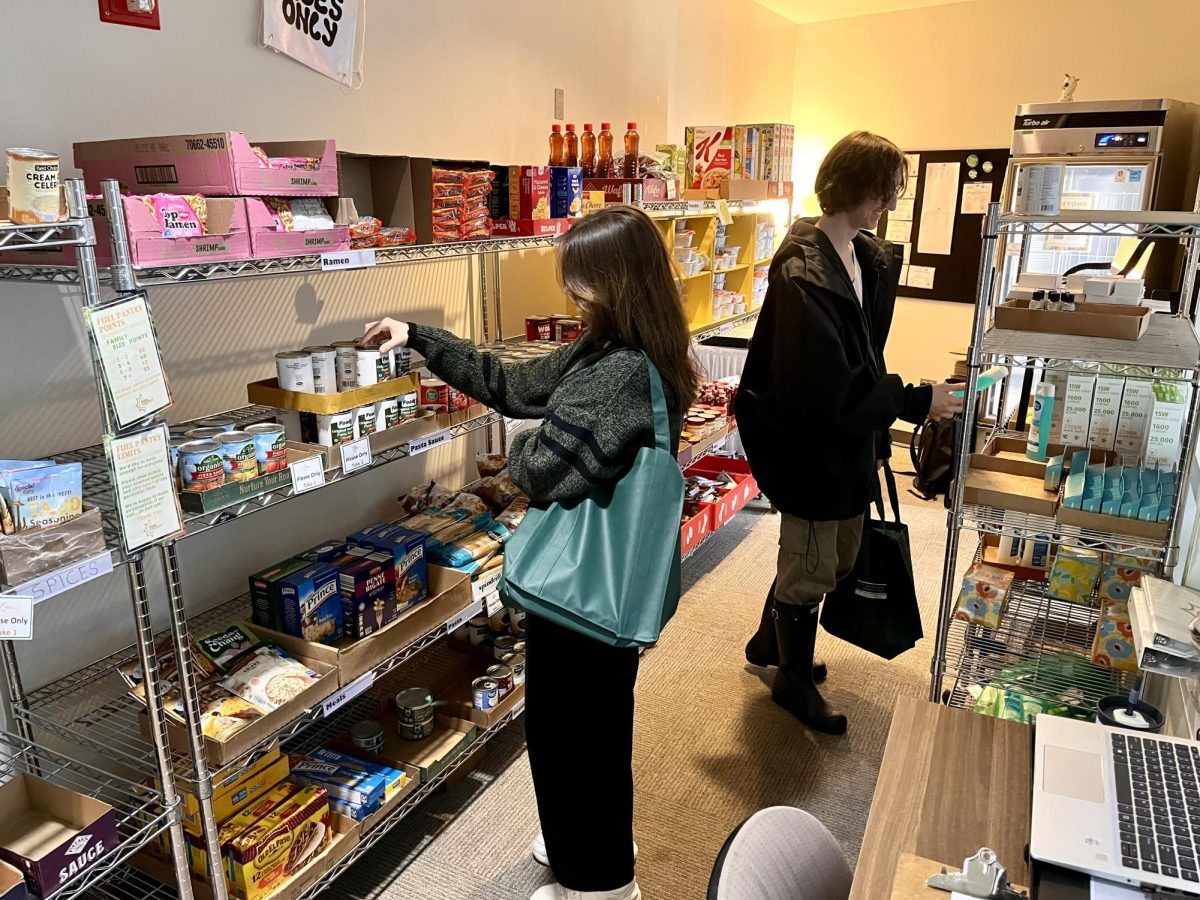Looking for a Class Syllabus? Find it in (or add it into) the Courier’s Database
We created a syllabus database for students to look at syllabi for classes they are interested in taking.
April 10, 2023
Have you ever wanted to see the syllabus for a class before taking it? Students registering for classes often have to wait until the class starts to see a class syllabus.
The Courier and the Student Leadership Council are working to create a syllabus database to allow students to make more informed decisions about classes they take. Students who want to see the syllabus for a particular class can go to https://codcourier.org/cod-course-syllabus-database/ and search for them. Students can search for a syllabus by course name, course code, course type, and instructor last name. Students can also see all syllabi in the database by searching with all the fields empty. And they can help the project, and their fellow students, by uploading any syllabi they have.
Hajira Fathima, former president of the COD Student Leadership Council, said this would be useful to help students plan their class experience.
“This is a very good resource for students to pick classes from,” Fathima said. “There’s so many times where you just feel the need to see the syllabus, not necessarily to see what topics are being taught because that’s something we can easily get off of COD’s website. It’s more exploring the options of what type of assignments are given and when they are due.”
Fathima said that her process of picking classes doesn’t stop at picking the specific class and professor. The amount of time professors give students between assignments and quizzes are not things she can find in the course catalog.
“My best option is to go look for a student who has taken that class. If I’m someone who doesn’t have as many connections at COD, I won’t be able to get it. So my next best bet is Rate My Professor,” Fathima said. “Just having a syllabus is very convenient because there are multiple times where I’m like, ‘OK, I have two options of classes or professors I can select from, but I’m not sure which one to (choose).’”
For Fathima, seeing a course syllabus provides an opportunity to find courses that align with her strengths.
“If I were looking at the syllabus of two classes and comparing them, I think I would have a much better understanding of ‘OK, I’m not a discussion board type of person,’ or ‘I just cannot have a post submitted Wednesday night and then a follow-up Sunday. I would rather just do a long essay or quiz that is all due on Saturday,’” she said.
She believes the database has the potential to save students a lot of time while picking classes.
“I think I would rather be exploring a database in my free time even if that means me spending another 10-20 minutes looking for a class, rather than reaching out to the professor and asking them for it,” Fathima said. “Let’s say it’s like 10 p.m. before classes even started. I don’t think I would be emailing. I would rather be on a website looking for it.”
Longtime COD English Professor Jim Allen said he sees a lot of potential value in the database. He said students can currently access a syllabus by reaching out to a professor or a division office, but he acknowledged that can involve jumping through more hoops than many students might want to do for a class they might then decide not to take.
“Instead of doing one of those things, I would go do this because it would provide me with something I wouldn’t get as easily or as thoroughly as doing the other,” Allen said. “It sounds interesting, in theory.
Allen also said he sees how the database would be beneficial for faculty from the standpoint of marketing individual classes.
“Every once in a while I get a student who’s at another school who contacts me to get a copy of the syllabus because they’re having transfer issues,” Allen said. “A lot of transfer schools don’t want to go by what’s in the course catalog. [The school] wants to see what you actually did, so that student being able to go in and get a syllabus from my class from four years ago, without having to go to me, that could be useful”
The amount of syllabi that exist in the database depends on whether syllabi are submitted by students and faculty. Anyone can submit a syllabus. After a syllabus is submitted, it is reviewed by a Courier staff member before being displayed in the database.
Students and faculty are encouraged to upload syllabi into the database to help students interested in learning about courses before they take them.
Courier staff and Student Leadership Council members made the database to help students after identifying a desire to see syllabi before signing up for a class. Other goals for the project include students dropping fewer classes, increasing the classes students enroll in, being better prepared for the classes they take and having more success and a clearer path to completing their degrees. The students facilitating the project also believe the database will also be an attractive and useful tool to students considering attending COD.





















Jon Arendt • Apr 11, 2023 at 9:21 pm
Thank you. This is a great idea, and COD should actually be taking the lead on this. I’m taking a class now that I probably would not have opted to take if I’d seen the syllabus in advance. If it needs to be available for the class, it might as well be available to prospective students.